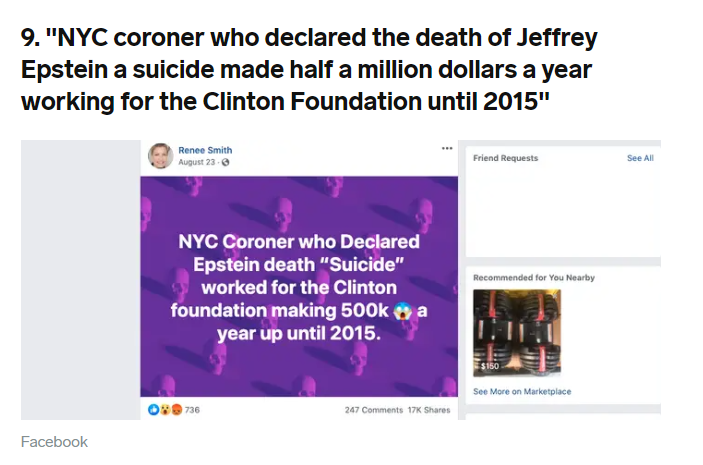Fake news has plagued social media, recently having devastating effects in America. Teaching wrongdoing, inciting violence, and misleading people are just a few ways fake news keeps us mind boggled with misinformation.
Our digital actions and reactions have real, and sometimes dire consequences. As military spouses, we want to make sure our service members are safe. Spreading misinformation does the exact opposite. So, tell me you didn’t share that?
We all know one. You know, that one spouse who knows everything and is always the first to post a story to the spouses’ social media group. Sometimes, the information the spouse is sharing is inaccurate. Unfortunately, it’s often shared, debated, and screen-shot before any truth is unveiled, leaving others rushing to delete the dogmatic post. This can hurt our service members and our families. Be mindful of OPSEC (operational security) and PERSEC (personal security), when sharing news stories, videos, and photos. There are a few sites that can help you discern fact from fiction. Websites like Fact Check, Snopes, NPR have researched popular articles so you don’t have to. However keep in mind, just because a story isn’t one hundred percent factual, doesn’t mean its fake news.
Crazy right? To think that not all journalists are required to report solely factual information. But, it’s true, they’re not. Does that mean it’s fake news? No, it’s an opinion. We all have one. In the same sense, understanding that some journalists are allowed to report their opinion; doesn’t mean you should share it as factual information.
Did you know there are lots of different types of journalists? A few are:
- Investigative journalists
- Citizen Journalists
- Online journalists
- Broadcast journalists
- Opinion journalists
- Entertainment journalists
- Political journalists
Knowing what is real news versus fake, is no easy feat. Today, news can be shared from anywhere, and faster than ever before.
According to BBC, fake news is:
Completely false information, photos, or videos purposefully created and spread to confuse or misinform. Information, photos, or videos manipulated to deceive – or old photographs shared as news[1].
In 2017, a story by Alex Jones on Infowars reached over half a million people. In it, he said: “Irma, strongest hurricane, recorded category six,” (Rannard 2017). This quote was shared by millions of people before it was fact-checked. Can you imagine how many people saw and shared this story? Frightening to think about really. It’s no secret that last year’s most-viewed stories were untrue and politically themed. Check out this picture about the high profile death of Jeffrey Epstein. This was the 9th most shared post in 2019, containing misinformation[2].

Don’t want to be THAT spouse? Here’s what you can do. You can slow the spread of misinformation by not sharing unverified news stories. If you are sharing something unverified, say so. We are all a part of one big military family. Keeping our service members and families safe should be all of our priority. Let’s stop misinformation from dividing and placing our community at risk. Remember that old WWII poster that said: “ Loose lips sink ships”? It is true. Don’t let it happen to you or someone you love. Stay informed and stay vigilant.
[1] Rannard, G (2017) How Fake News Plagued 2017 https://www.bbc.com/news/world-42487425 BBC UGC and Social News Retrieved May 29, 2020
[2] Gilbert, B (2019) The 10 most-viewed fake-news stories on Facebook in 2019 were just revealed in a new report. Business Insider
https://www.businessinsider.com/most-viewed-fake-news-stories-shared-on-facebook-2019-2019-11 Retrieved June 8, 2020








